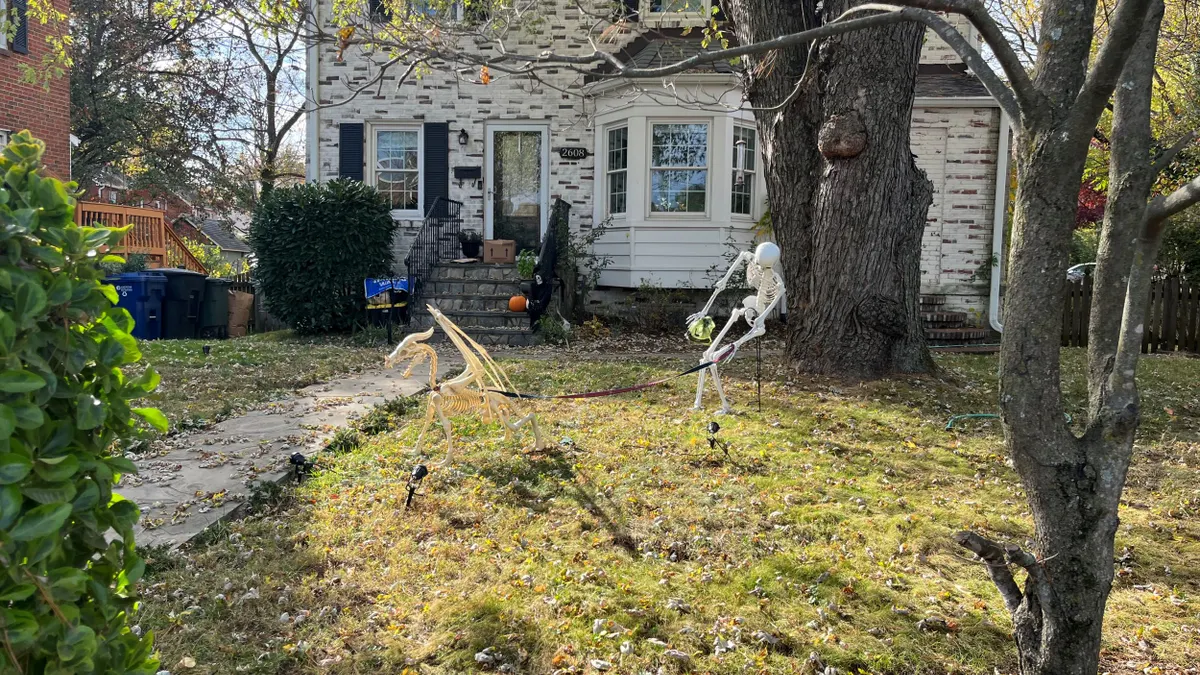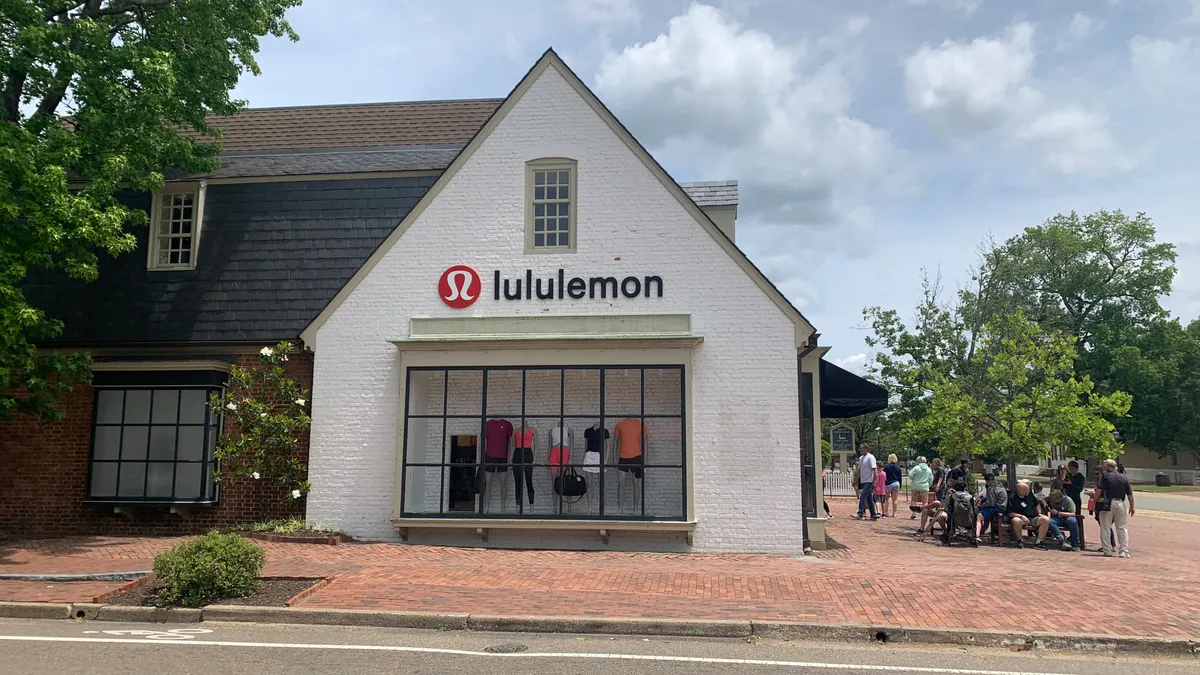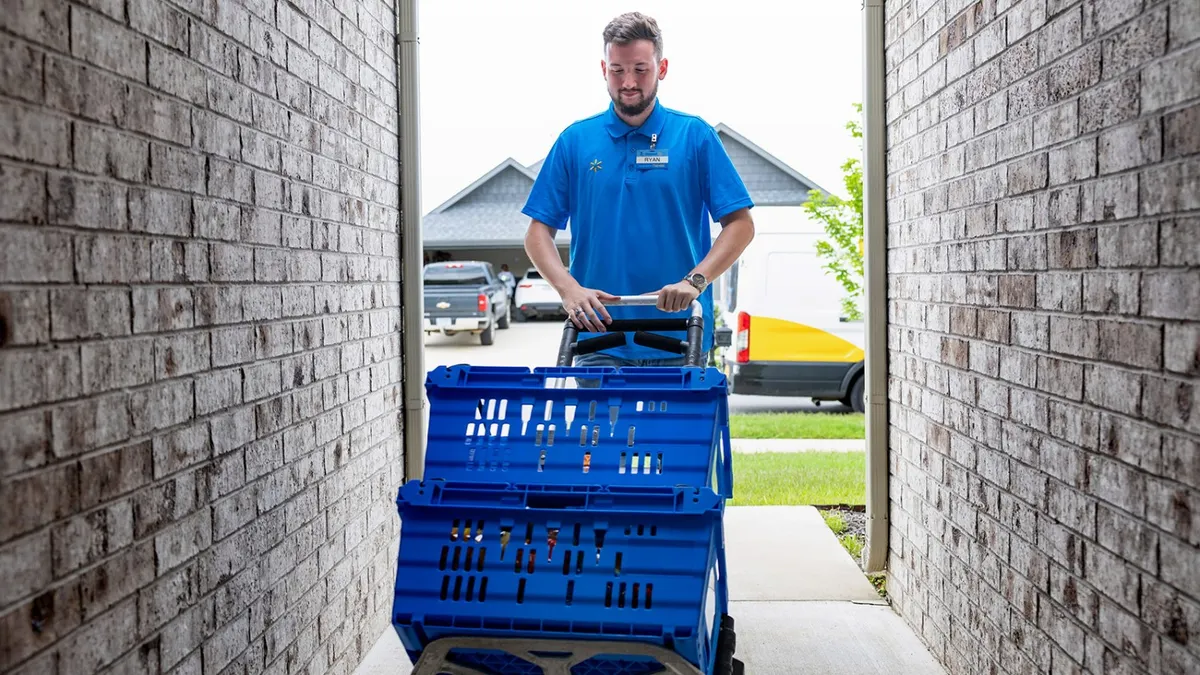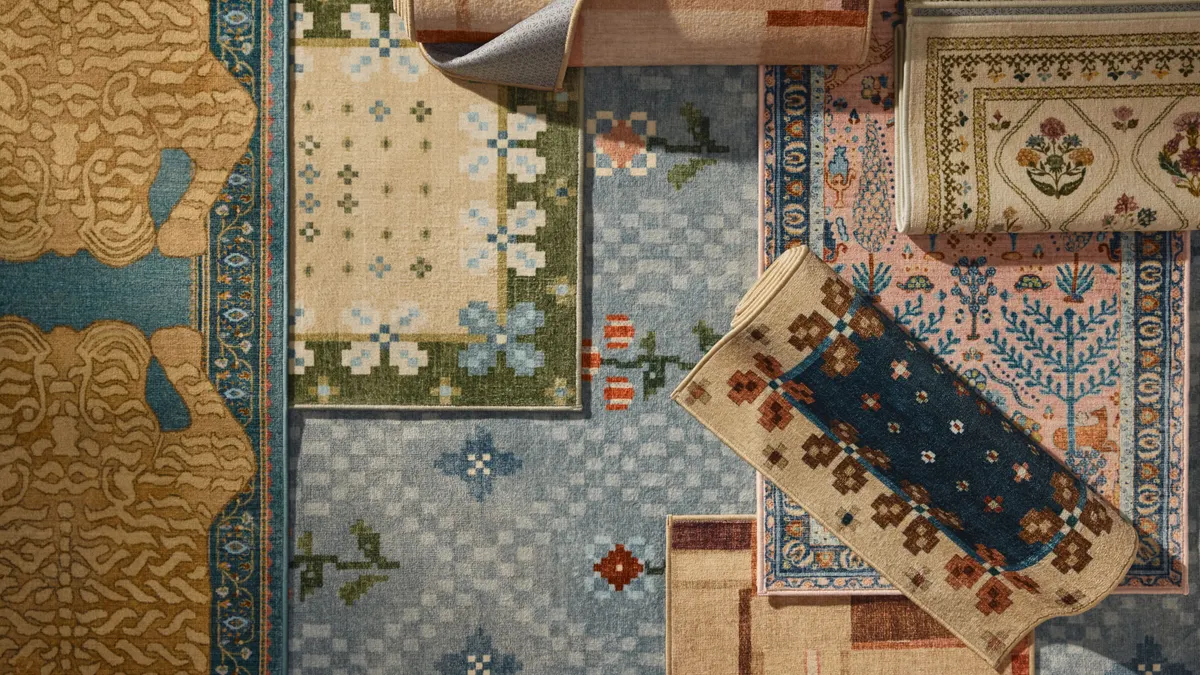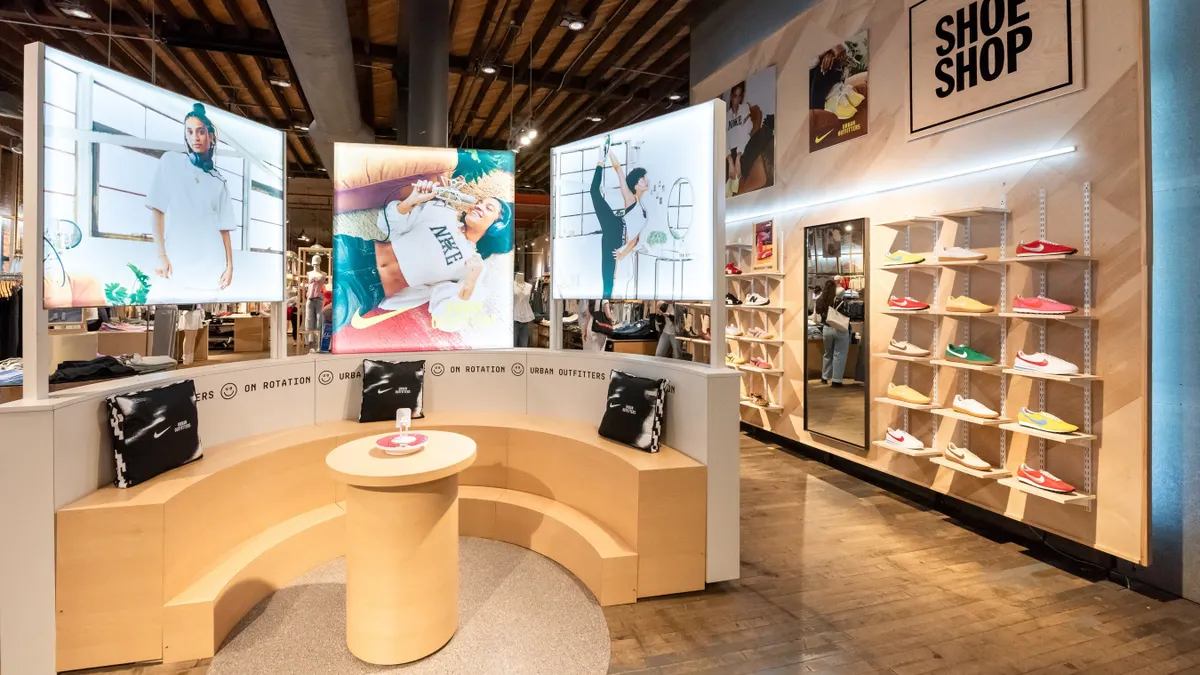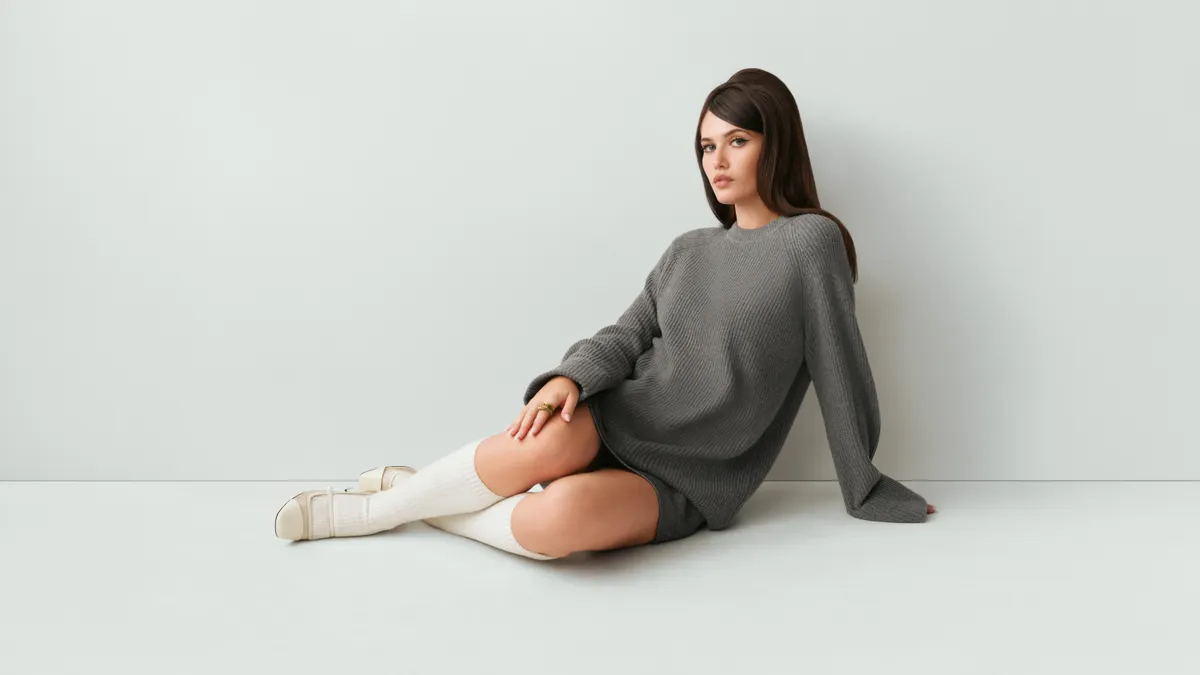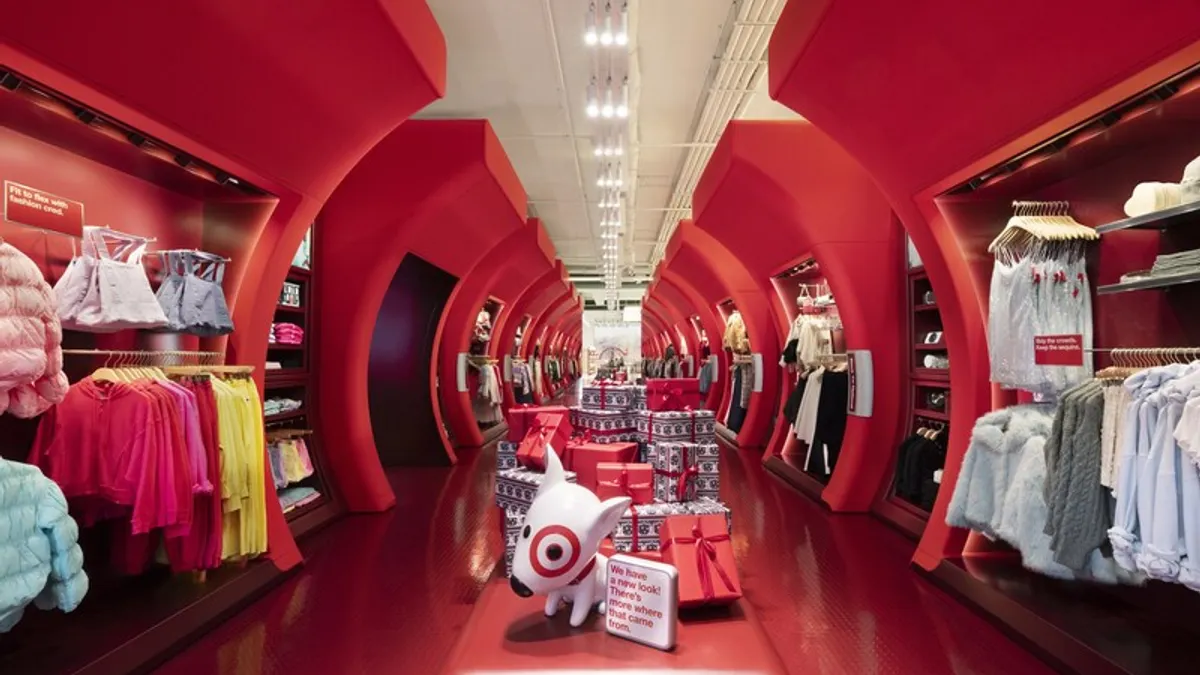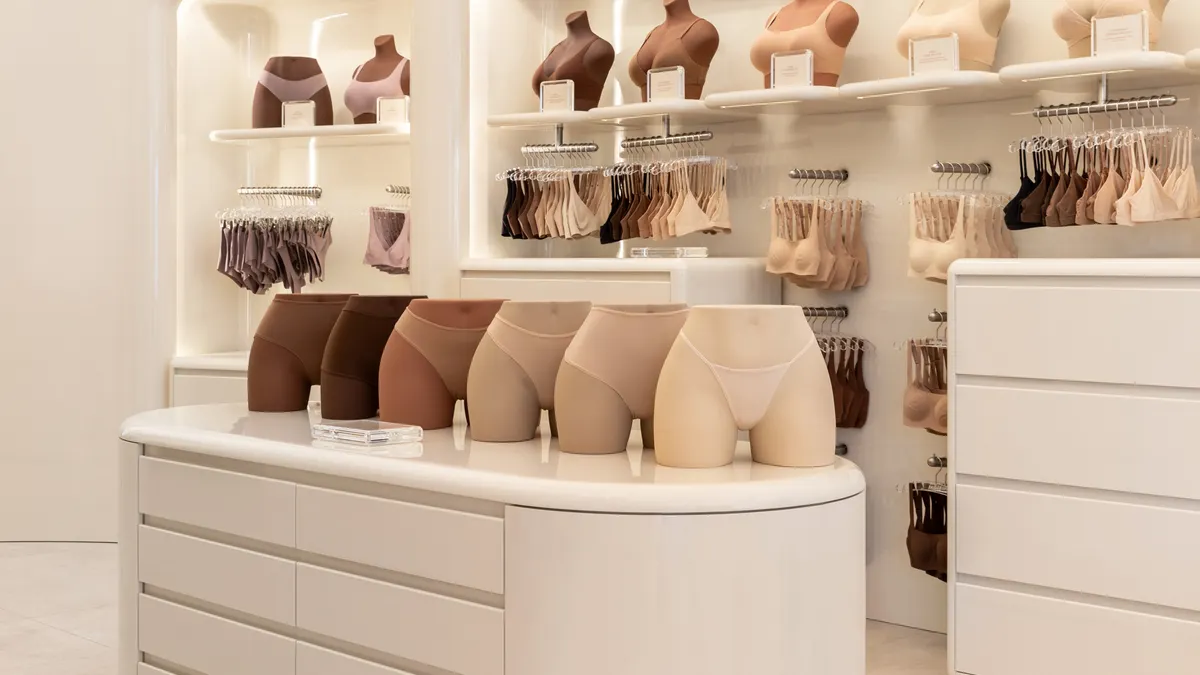In today’s day and age, you don’t need a calendar to tell you what holiday is right around the corner. Look instead, good people, to your neighbor’s skeleton display.
Once thought of as purely Halloween decor, skeletons have become so much more than that — and are staying in yards oh so much longer. One group of skeletons in a Denver yard this year welcomed the back-to-school season with a tableau that spoke to the sentiments of parents, students and more on returning for another year.
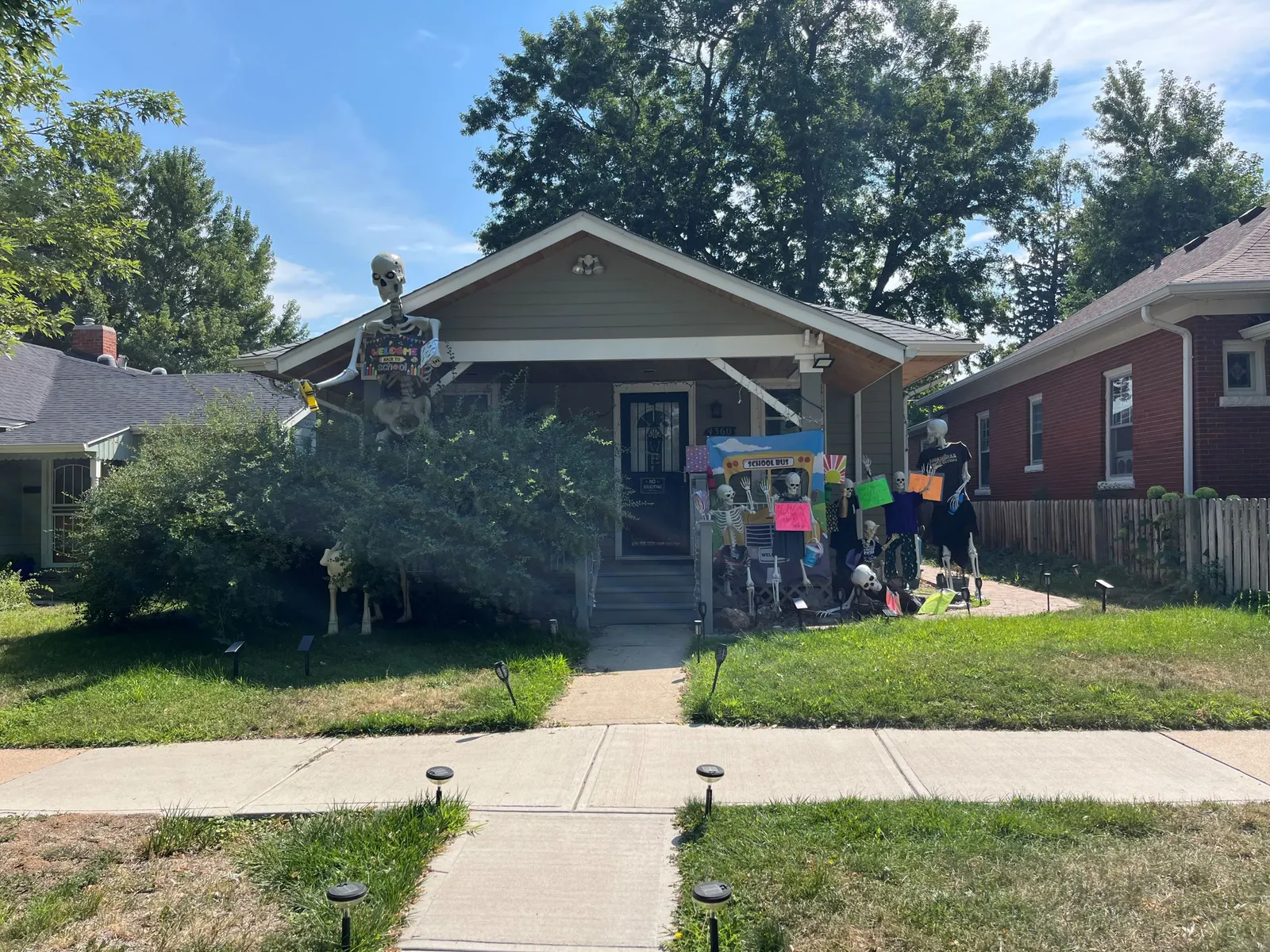
Another in early October in Virginia showed a group of six skeletons playing a game of flag football, complete with jerseys. One commenter on a Reddit thread about year-round skeleton decor postulated that “skeletons are the new gnomes.”
They might be right. PwC U.S. Consumer Markets Industry Leader Ali Furman said sales of skeletons outside of the Halloween season are up 20% over a three-year period on Amazon.
But with werewolves, witches, spiders and pumpkins to choose from, what has earned skeletons this venerated spot?
A 12-foot impact
When inspecting the skeleton craze, most people point to the launch of Home Depot’s 12-foot skeleton, affectionately called Skelly, in 2020. Reddit teems with posts detailing the joys and trials of owning a 12-foot skeleton. What is your Skelly’s latest outfit? What to do about Skelly thieves? Thoughts on the neighbors leaving it out year-round?
Lisa Morton, author of “Trick or Treat: A History of Halloween,” couldn’t even nab one the first year Skelly came out. She notes that for some people, leaving Skelly up is purely practical: Assembling and dissembling a 12-foot skeleton gets old fast. At $300 at full price, they’re also expensive. Why not benefit a bit longer from the investment?
It’s not a coincidence that the success of the 12-foot skeleton came during the height of the pandemic, according to Morton. “In 2020, there were a lot of fears that there would be no Halloween that year. And people were talking about things like handing out candy via six-foot-long tubes.”
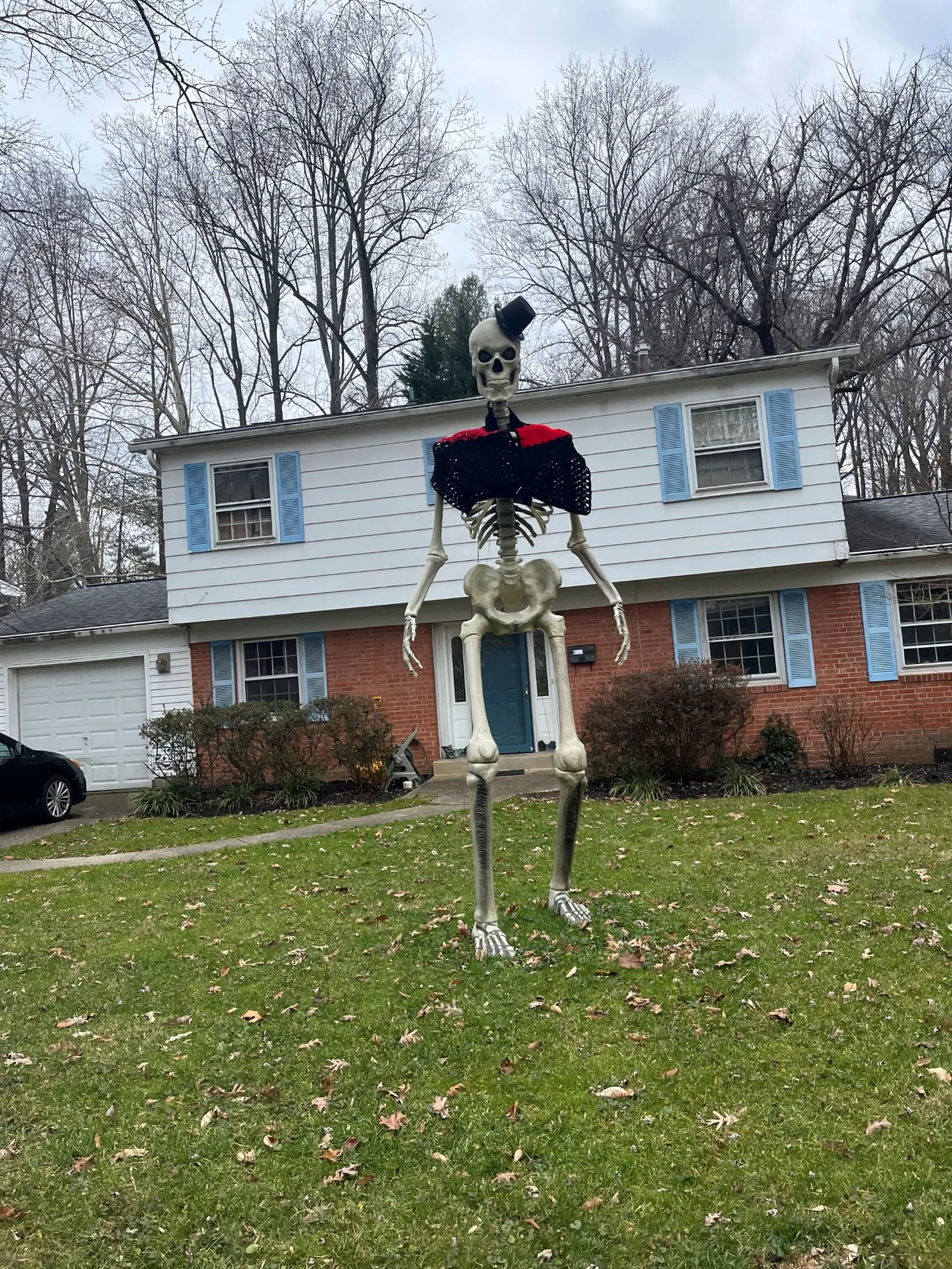
To some, buying Skelly and proudly displaying it on the front lawn that year was a symbol: this house is showing up for Halloween. Aubrey Horowitz, merchant of decorative holiday at The Home Depot, told Retail Dive in an email that Skelly was “flying off the shelves” in 2020, attributing it to “a time when people were eager to find joy through decor.”
Since then, The Home Depot has introduced characters like Skelly’s dog and cat, and a new “Ultra Skelly” that allows shoppers to record their own voices into the giant figurine.
Morton expected this last innovation to cause more of an uproar than it did, as it’s an oft-discussed desire in the Halloween decorating community.
More broadly, though, the fandom around yard skeletons — big and small — remains strong.
“The rise of year-round skeletons is part of the broader ‘spooky season’ trend — consumers are holding onto what makes them happy for longer,” PwC’s Furman said via email, noting that shopping for the season often begins in July and August now. “The appeal of ‘spooky’ is that it’s playful, nostalgic, and a little rebellious.”
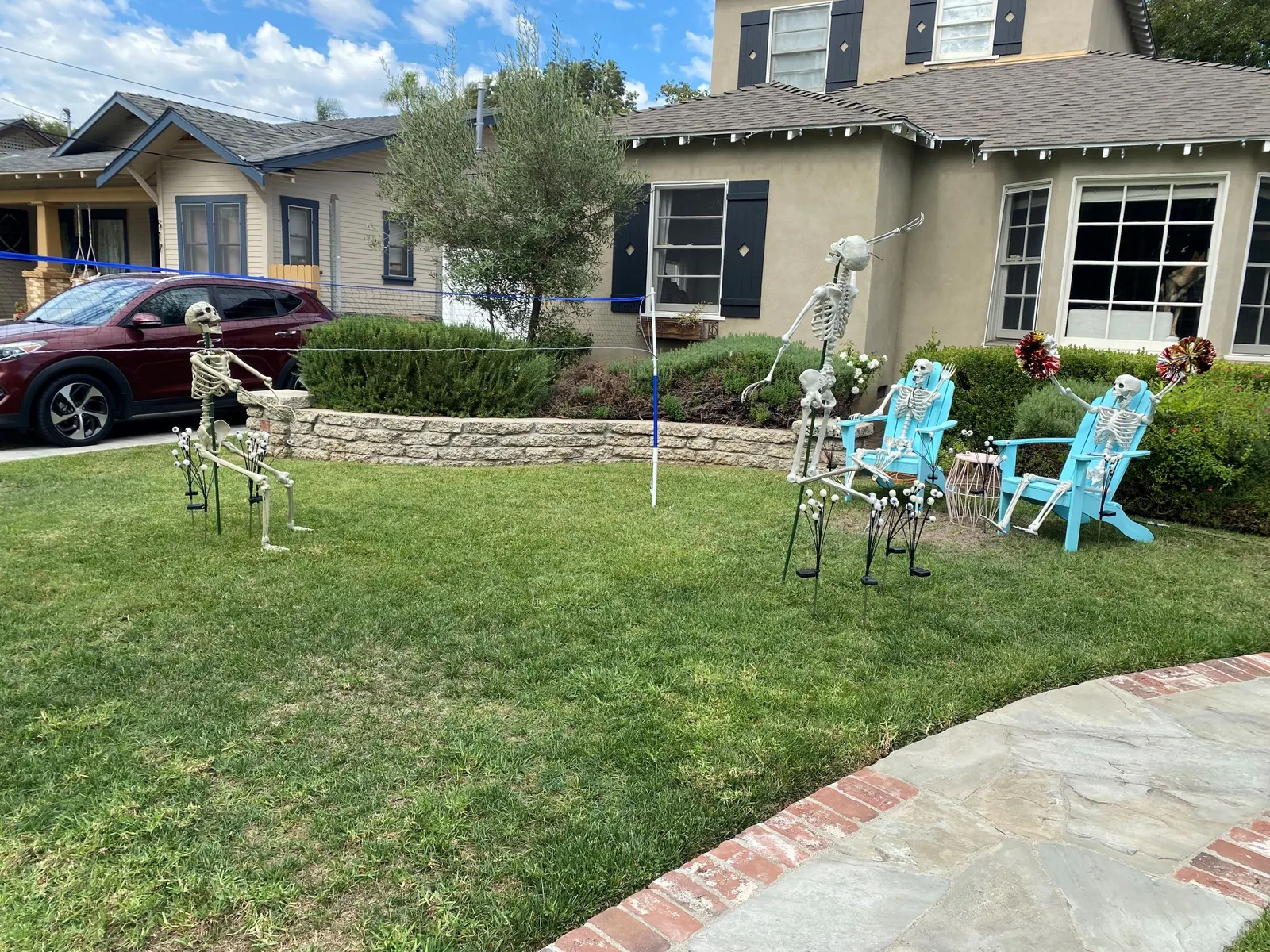
As a Halloween aficionado, Morton has seen and heard of her fair share of Halloween displays. One house nearby has a whole yard dedicated to skeletons dressed as celebrities. Another haunt Morton visited featured a line of “probably 20” gigantic Halloween figures, including not just skeletons, but a witch, a scarecrow and other members of the larger-than-life decor trend.
Morton knows of multiple neighbors who have left out their Skellys for several years now, one of whom also showcases a skeletal sea serpent year-round. She, on the other hand, takes hers apart and puts it back together each year.
“I guess those people are not in HOAs,” Morton said.
An outlet for existential dread?
Yard skeletons are about more than just the figurines. There’s a whole community that’s growing up around the year-round skeleton crew. Sellers on Etsy offer a myriad of skeleton costumes, skeleton lighting kits and — Morton’s latest purchase — a 12-foot skeleton club T-shirt.
Retailers are also capitalizing on the interest with merchandise tied to their Halloween icons; Morton has clocked Jack the Reaper plushies from Spirit Halloween, extended merchandise around Target’s Lewis and even a smaller version of The Home Depot’s Skelly.
“Halloween has become less about scares and more about self-expression — it’s about nostalgia, community and a little competition,” Furman said. “Skeleton scenes have turned into a new front-yard art form, where everyone’s trying to top last year’s idea and share it on social media. It’s a reflection of how consumers are leaning into creativity and shared experiences — making Halloween one of the most festive holidays of the year.”
A couple of cultural trends may be leading the interest in skeletons specifically, according to Morton. For one thing, merchandising related to Día de los Muertos — which is heavy on skeleton iconography — has picked up in the U.S. over the years. The Mexican Day of the Dead holiday, which honors deceased relatives, takes place in early November and celebrates life and death.
Perhaps, Morton postulates, Americans more broadly are taking to the idea of treating death “in a whimsical way.” Rutgers professor Regina Marchi, who authored a book on the rise of the Day of the Dead in the U.S., said in an article released by the university earlier this month that Americans have been drawn in not just by the colorful decorations used to celebrate the holiday, but also by the concept of having an annual day to honor the dead.
“It does make it easier to deal with, especially in a time that is incredibly fraught and divided and fearful for a lot of people,” Morton said.
Much like the dedicated community that has cropped up around pumpkin spice, Halloween has become something of an identity for certain people. The holiday lines up nicely with some of the defining characteristics of goth culture — and horror is growing in popularity as well, Morton notes.
“I think people enjoy the idea of turning these other holidays into horror-themed events as well,” Morton said.
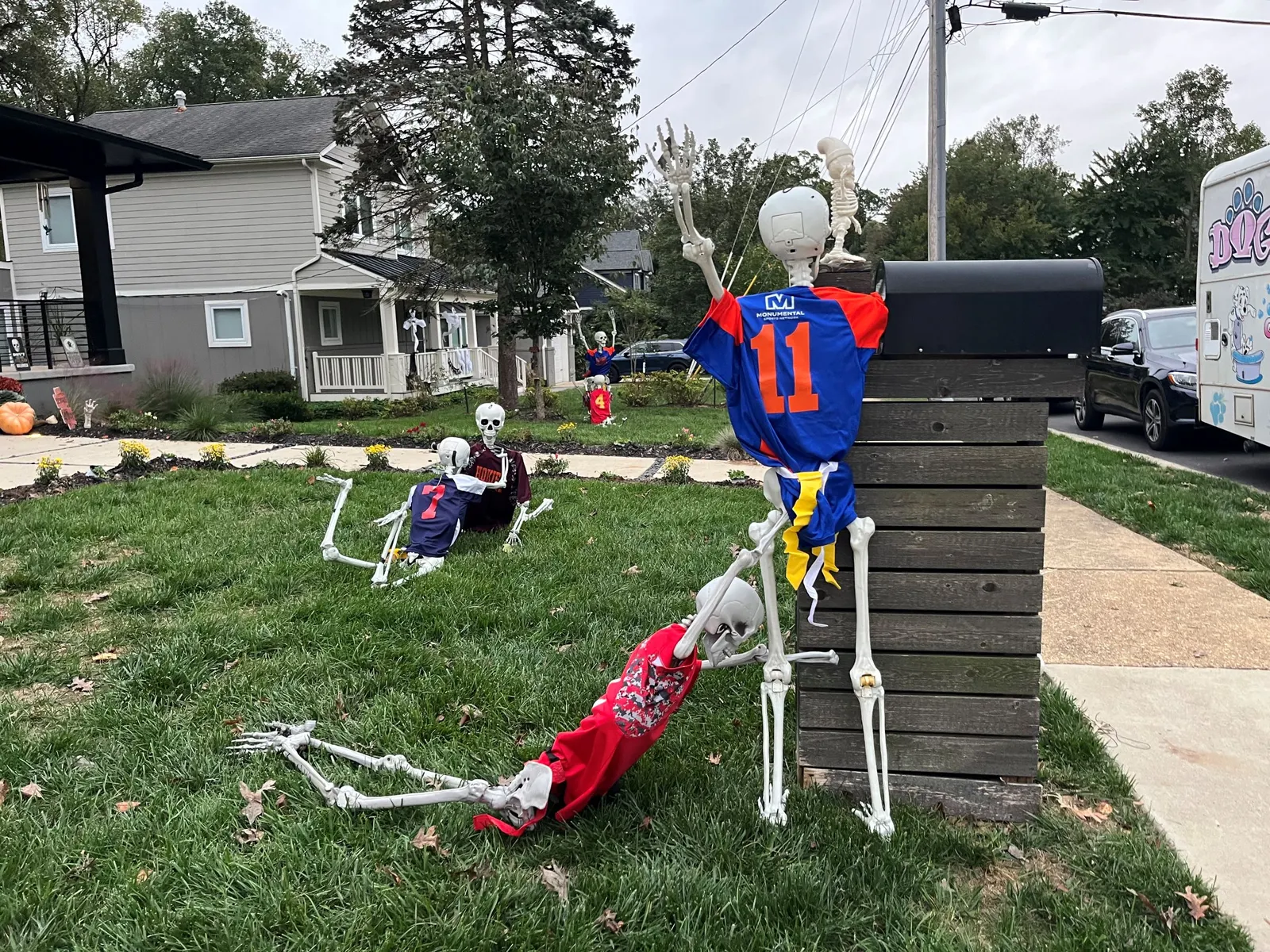
Indeed, at least some skeleton enthusiasts are willing to go to court to keep their decorations up. A New York Times article in January this year detailed a fight between a Tennessee resident and a city ordinance banning the display of seasonal decor outside of a set time frame. Already, the skeletons had undergone several wardrobe changes, including for the election and Christmas. Memphis dweller Alexis Luttrell argued that meant they remained seasonal decorations.
Maybe not everyone in the skeleton community would go to court to keep their prized yard decorations up, but it’s another indication that spooky time decor is transcending spooky time.
In a world filled with fears over tariffs, economic uncertainty and labor market concerns, maybe decorating your 12-foot skeleton for Easter brings a sense of levity to life.
For those who have made Halloween a year-round lifestyle, Morton speculates that they like the whimsical and playfulness of the holiday. And it’s not — at least yet — a trend mimicked by Christmas standbys like reindeer.
“I think with Christmas … it's a stressful holiday for many people,” Morton said. “Trying to keep up with holiday gatherings and gifts — and if you have little ones, getting them all situated and so forth. Whereas with Halloween, it doesn't seem to have that same stress level, so people feel much more fondly towards it, I think, all year round.”
Tough break, Rudolph. Next year, maybe try playing dead?



